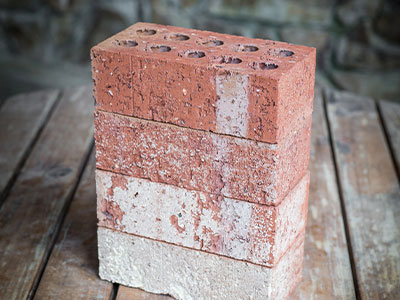If you’re planning a tree removal project, there are several important factors to consider. Not only must you understand the cost of the service, but you must also know the types of trees you’ll be dealing with and the regulations surrounding tree removal on private property. Read on to learn more about these issues. Also, consider how much time it will take to complete the project, and what you can do to prepare.
Costs
The costs of a tree removal project depend on the type and location of the tree. A tree that is located in a difficult space will cost more to remove. Additionally, a tree that is growing close to or over a home will require arborist blocks or pulleys, which increase the costs. In order to get an accurate estimate, contact several companies and compare their prices.
The size of the tree will also affect the cost. Small trees are less expensive to remove than large trees. A small tree can cost as little as $100 to $300 to remove. Medium-sized trees, meanwhile, vary in size from 40 to sixty feet. They are also easier to remove, but they can cost up to two hundred dollars.
Tree removal professionals should have proper climbing ropes and specialized equipment. The prices they quote should be reasonable and in line with local averages. However, be wary of companies that offer incredibly cheap prices. These companies may lack certifications or experience. To make sure you don’t end up with an overcharged tree removal service, it’s essential to request at least three quotes. You can request free tree removal quotes from https://www.treeremovaljurupavalley.com/.
The cost to remove a medium-sized tree is around $700. A large tree, however, can cost up to $3,000 to remove. It will take more time to remove a large tree, and it can damage your driveway, lawn, or home foundation.

Types of tree removal
There are many types of tree removal, each with its own advantages and disadvantages. Cutting down a tree is one of the most common methods, but this method can also be dangerous. Some trees are diseased or harbor insects, which can also pose a hazard. A professional tree service company can assess which type of removal is best for your property.
When removing a tree, the safety of people and property is a top priority. When a tree becomes dangerous, it must be removed immediately. A tree can fall on a building or hit an electrical wire. Other hazards include lightning striking the tree. Tree removal services are often needed for these situations.
Another common way to remove trees is by using a crane. This method is most common when other methods are too dangerous. Cranes lift and lower trees from the ground, but require specialized materials and specialized equipment. A crane operator must assess the tree to determine which type of removal is right for your property.
Before removing a tree, you should carefully prepare the area in which you want the tree removed. Make sure you have cleared the area around the tree and the height of the tree. If there are a lot of trees in the area, it can be hard to clear the area around the tree.
Regulations for tree removal on private property
Depending on the city, there may be special regulations for tree removal on private property. For example, homeowners in San Francisco, Oakland, and Richmond may be required to obtain permits to remove certain types of trees. In these cities, the owner is also responsible for the disposal of tree limbs and branches. In other cities, regulations are less strict.
Regulations for tree removal on private property are different than those for street trees. In the city of Tigard, for example, the residential property does not require a permit for tree removal, but trees that are located on city property require a permit. These trees may include sensitive lands trees, heritage trees, and development-required trees.
New legislation in Florida makes it easier for homeowners to remove trees. However, they must still have a document from a certified arborist (certified by the International Society of Arboriculture) or landscape architect. These documents must state that the tree removal is necessary for a valid reason. This document is an essential first step in the process.
Regulations for tree removal on private property in Jackson do not address tree removal on city property. However, it is still recommended that homeowners remove trees before they become a hazard. However, the city also does not require special permits for removing trees on private property. In some cases, city officials can’t enter private property to do the job.




